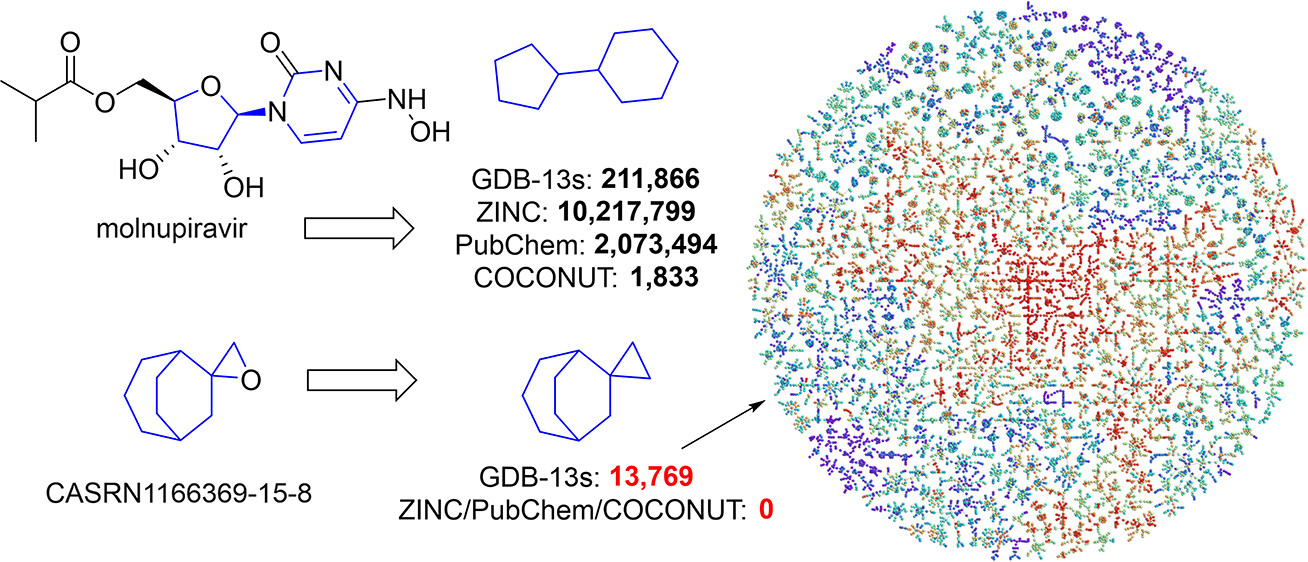Thank you for your interest in this repo complementing the "Molecular Framework Analysis of the Generated Database GDB-13s" publication.
The requirements for the environment are given in the framework.yml file
conda env create -f framework.yml
Specific packages used are also listed below:
- ipykernel >= 6.4.1
- numpy >= 1.21.2
- pandas >= 1.4.1
- pickleshare >= 0.7.5
- rdkit >= 2021.09.4
- tqdm >= 4.63.0
conda activate env-framework
example1.smi and example2.smi files in the folder example are provided for the Molecular Framework Model demonstration.
-
The model can be executed by using the following command and the python script Molecular_Framework_Model.py
python Molecular_Framework_Model.py example1.smi -
The model can also be carried out by applying the script Molecular_Framework_Model.ipynb in the Jupyter Notebook
The two approaches above will both yield two .pickle files containing the framework for each molecule in the sample pool (you can find these data in folder example/results_of_each_example) and the final framework dataset after combining the duplicates and sorting their frequency (you can find these final framework datasets for two examples in folder results_merging/results for further steps of merging, etc.).
A .html file elaborating the final framework results can be also obtained for each approach.
For very large databases, we usually have to split the databases or even use high-performance computer clusters to treat them parallelly.
Therefore, an efficient script for merging all the results for each sub-database is necessary.
In folder results_merging you can see the file Molecular_Framework_Results_Merge.ipynb which will realize this merging process.
Then all sorted frameworks or the top 10000 sorted frameworks for the entire database can be displayed in a .html file. top-10000-results-with-ROMol.html in the same folder shows the framework dataset built from the two combined examples.
You can also save the SMILES of frameworks on your own or utilize the results_merged.pickle file, and then visualize them with software like ChemDraw or Marvin.
We welcome contributions, in the form of issues or pull requests.
If you have a question or want to report a bug, please submit an issue.
To contribute with code to the project, follow these steps:
- Fork this repository.
- Create a branch:
git checkout -b <branch_name>. - Make your changes and commit them:
git commit -m '<commit_message>' - Push to the remote branch:
git push - Create the pull request.
The contributors have limited time for support questions, but please do not hesitate to submit an issue (see above).
The software is licensed under the MIT license (see LICENSE file), and is free and provided as-is.
